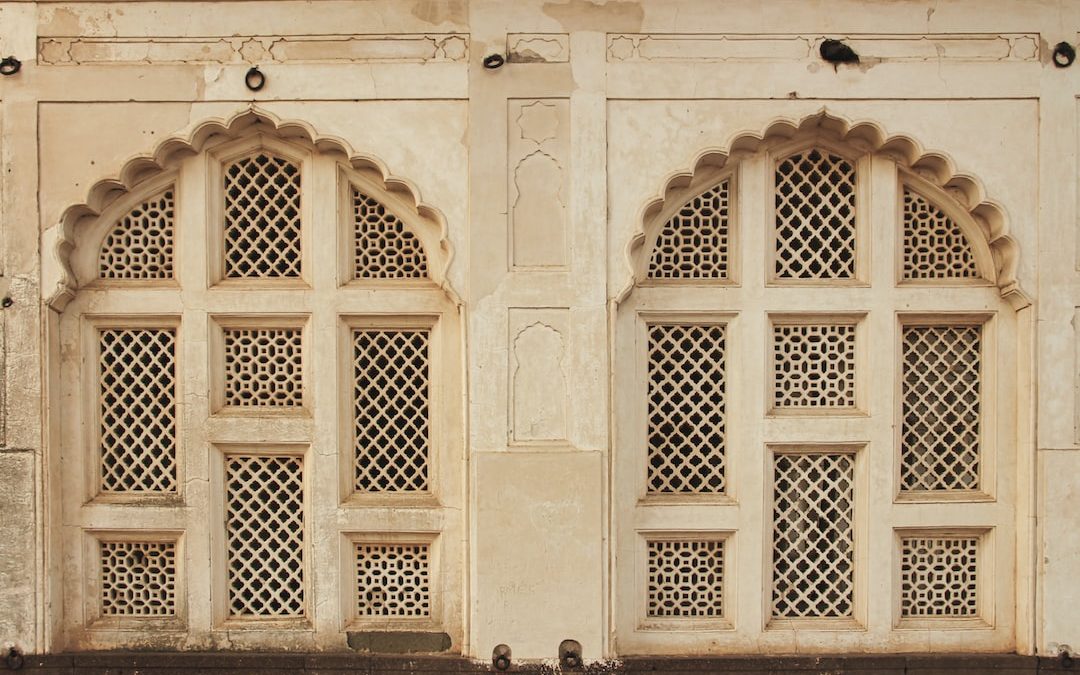Table of Contents
Discovering the Taj Mahal – A World Heritage Site
Introduction
The Taj Mahal is an iconic symbol of love, beauty and grandeur. It is a UNESCO World Heritage Site located in Agra, India and is one of the most visited tourist destinations in the world. Built by Mughal Emperor Shah Jahan in memory of his beloved wife Mumtaz Mahal, the Taj Mahal is a stunning example of Mughal architecture and artistry. The Taj Mahal is a place of wonder and beauty, and has been described as “a teardrop on the cheek of eternity”.
The History of the Taj Mahal
The history of the Taj Mahal can be traced back to 1631, when Mughal Emperor Shah Jahan commissioned the construction of the mausoleum in memory of his beloved wife Mumtaz Mahal. The construction of the Taj Mahal took over 20 years and required the labor of over 20,000 workers and artisans. The architecture of the Taj Mahal is a stunning example of Mughal architecture and artistry, combining elements of Islamic, Persian, Ottoman and Indian architectural styles.
The Beauty of the Taj Mahal
The beauty of the Taj Mahal is breathtaking. The marble domes and minarets of the mausoleum are adorned with intricate carvings, including verses from the Quran. The interior of the mausoleum is even more impressive, with its marble walls adorned with semi-precious stones and inlaid with intricate designs. The gardens around the Taj Mahal are equally beautiful, with lush green lawns, fountains, and flower beds.
The Symbolism of the Taj Mahal
The Taj Mahal is not only a stunning example of Mughal architecture and artistry, it is also a symbol of love, devotion and beauty. The mausoleum is a tribute to the undying love between Emperor Shah Jahan and his beloved wife Mumtaz Mahal. The four minarets of the mausoleum represent the four pillars of love, while the inlaid verses from the Quran symbolize eternal life.
The Architecture of the Taj Mahal
The architecture of the Taj Mahal is a stunning example of Mughal architecture and artistry. The mausoleum is built out of white marble, and is adorned with intricate carvings, semi-precious stones, and verses from the Quran. The mausoleum is surrounded by a large garden, divided into four sections, each representing the four elements of nature: water, earth, fire and air. The mausoleum itself is divided into two sections: the tomb chamber and the prayer chamber.
The Color of the Taj Mahal
The beauty of the Taj Mahal is enhanced by its unique coloring. The mausoleum is made of white marble, which is said to symbolize the purity of love. The marble is adorned with semi-precious stones, which are said to symbolize the eternity of love. The inlaid verses from the Quran also add to the beauty of the Taj Mahal.
The Gardens of the Taj Mahal
The gardens of the Taj Mahal are equally beautiful and are said to represent paradise on earth. The gardens are divided into four sections, each representing the four elements of nature: water, earth, fire and air. Each section is adorned with lush green lawns, fountains, and flower beds. The gardens of the Taj Mahal are a perfect place to take a peaceful stroll and admire the beauty of nature.
The Significance of the Taj Mahal
The Taj Mahal is not only a symbol of love and devotion, but also a testament to India’s rich cultural heritage. The mausoleum is an iconic symbol of India and is seen as a symbol of India’s rich cultural and architectural heritage. The Taj Mahal has been declared a UNESCO World Heritage Site, and millions of tourists visit the mausoleum every year to admire its beauty and marvel at its grandeur.
The Preservation of the Taj Mahal
The preservation of the Taj Mahal is of utmost importance, as it is a UNESCO World Heritage Site. The mausoleum is protected by the Archaeological Survey of India and is subject to numerous conservation efforts. The gardens of the Taj Mahal are also monitored closely in order to maintain their beauty and preserve the delicate ecosystems of the gardens.
The Impact of Tourism on the Taj Mahal
Tourism to the Taj Mahal has increased dramatically in recent years, and the mausoleum is now one of the most visited tourist destinations in the world. The influx of tourists has had both positive and negative effects on the mausoleum. On the one hand, it has brought in much needed revenue and has helped to preserve the mausoleum. On the other hand, the increase in tourism has led to overcrowding, air pollution, and damage to the delicate ecosystems of the gardens.
The Experience of Visiting the Taj Mahal
Visiting the Taj Mahal is a truly unforgettable experience. The beauty of the mausoleum, the gardens, and the surrounding area will take your breath away. The experience of standing in the presence of such grandeur and beauty is truly awe-inspiring.
Conclusion
The Taj Mahal is an iconic symbol of love, beauty and grandeur. It is a UNESCO World Heritage Site located in Agra, India and is one of the most visited tourist destinations in the world. Built by Mughal Emperor Shah Jahan in memory of his beloved wife Mumtaz Mahal, the Taj Mahal is a stunning example of Mughal architecture and artistry. The mausoleum is adorned with intricate carvings, semi-precious stones, and verses from the Quran. The gardens around the Taj Mahal are equally beautiful, with lush green lawns, fountains, and flower beds. Visiting the Taj Mahal is a truly unforgettable experience and is a testament to India’s rich cultural heritage.












